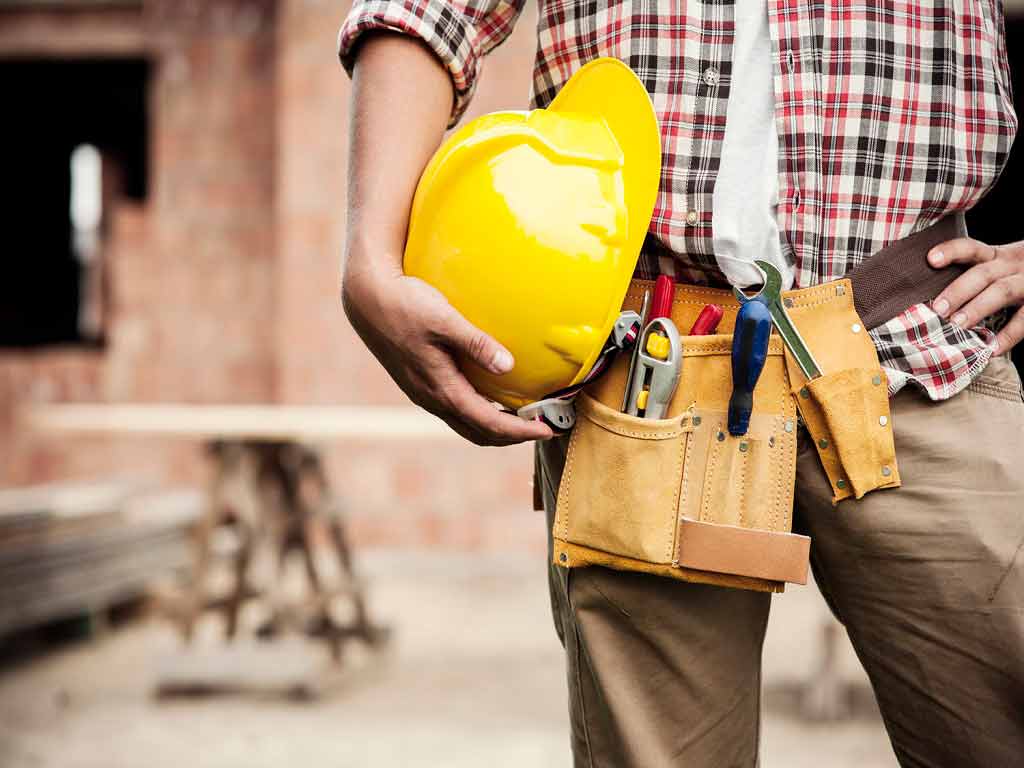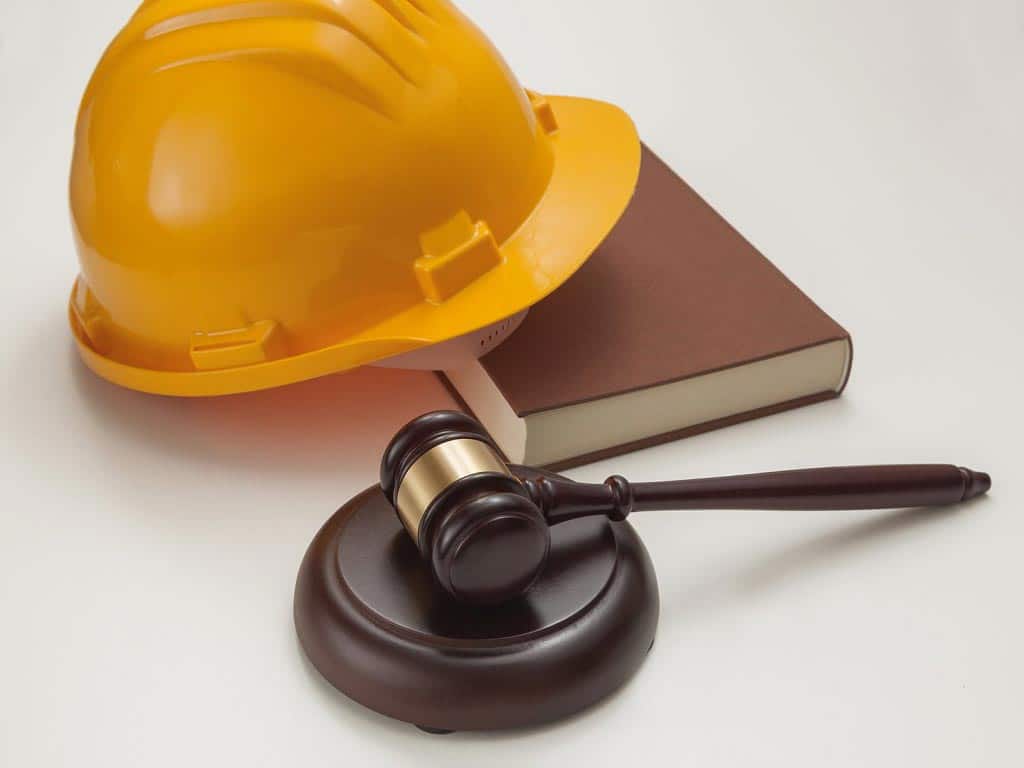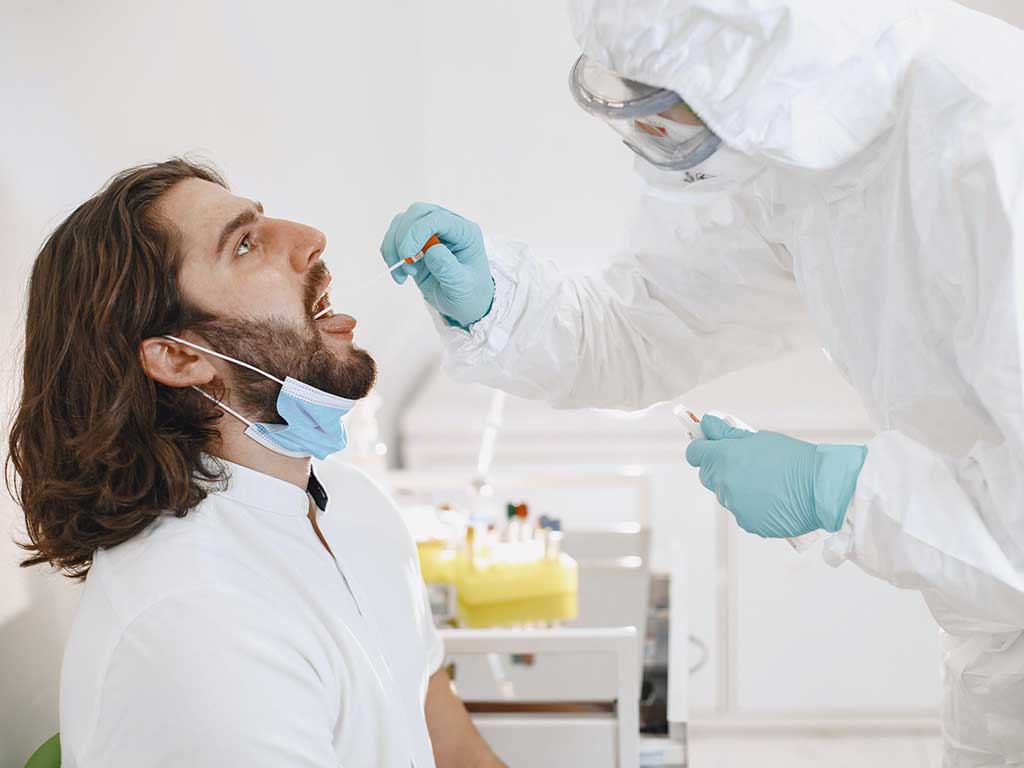Random Drug Testing at Work: What It Is and the Legal Considerations
22 February, 2024

Companies often implement random drug testing at work as a way to ensure a safe and productive work environment. This type of test is unannounced and involves randomly selected workers. It is an effective deterrent for substance misuse. However, there are legal considerations to take note of when implementing it. The testing policy must comply with existing legislation. They must also get informed consent and protect the rights to privacy of the employee.
Workplace drug testing is crucial for minimising safety risks and ensuring the health and well-being of employees within company premises. This is why many conduct pre-employment, blanket, post-incident, random, and reasonable suspicion testing. In particular, random testing is an effective measure for deterring substance abuse among workers, which is crucial in creating a healthy work environment. This article will present information on random drug testing, the legal considerations, and types of screening methods.
What is Random Drug Testing at Work?
Random drug testing at work refers to selecting random employees for a test without prior notice or suspicion of drug use. This type of testing is crucial for ensuring a drug-free and safe working environment. Hence, it is one of the reasons for testing that businesses often include in their company policy.
Random testing differs from other reasons because it is unannounced. This may mean the result is a more accurate indication of the condition employees are usually in at work. The lack of notice means workers cannot simply abstain for a few days to pass the test. Therefore, it works as an effective deterrent to irresponsible drug consumption that can affect their ability to work and overall workplace productivity.
Random tests are crucial for high-risk industries, such as rail transport, aviation, mining, and construction. This is because they have safety-sensitive positions that can endanger workplace and public safety. Besides random tests, they can also conduct pre-employment, blanket, post-accident, reasonable suspicion, and blanket testing.
Reasons for Implementing Random Testing
- Companies may implement random drug tests to deter employees from illicit drug use during business hours or on company premises.
- They also conduct random drug screening to comply with relevant safety legislation and regulations.
- Some implement it to promote a healthier and more productive workforce.
- It can help reduce the risks of accidents caused by impaired workers from misusing prescription medications and illicit substances.
- Businesses can also protect themselves from potential liabilities associated with drug-related incidents with random testing.
- Random testing promotes awareness of the dangers of drug dependency.
- It also helps identify those with substance use disorders.

Legal Considerations for Random Drug Testing at Work
There are several legal considerations when conducting random drug testing at work. Firstly, they must ensure that the testing policy complies with the relevant Australian legislation and regulations. To do this, they should consult legal professionals and industry experts for input regarding their policy. Legal professionals can verify compliance with laws, while industry experts can ensure the practices are up-to-date with the current standards.
Secondly, the employer must provide clear guidelines and procedures for testing. They must inform their employees regarding the policy and gain informed consent before testing. They may incorporate this into their employment contracts. In general, Australian companies may include testing as a term of employment if it remains reasonable.
Lastly, employers must safeguard the privacy of their employees. They must ensure the results and medical information of the workers remain confidential. Limited staff members should be informed on a need-to-know basis. Doing so helps protect employees from privacy issues and preserves their reputation in cases of false positive results.
How to Develop a Comprehensive Policy for Random Testing?
To develop a comprehensive workplace drug policy for random testing, the company should start by conducting a risk assessment. This enables them to identify essential components they should include and the degree of risk the workers are in.
They may also establish a representative group, including management, safety, and worker representatives. This allows the company to develop a policy that aligns with the current company culture. They may include safety initiatives, testing processes, and disciplinary actions for a positive or non-negative drug result. After the draft is complete, they may send it for review by legal professionals.

Types of Methods for Random Drug Testing at Work
Employers may choose from various testing methods to identify potential drug users when conducting random drug testing at work. The standard way for testing is the urine drug test. Many utilise this because the test can detect a wide range of substances from urine samples. Additionally, its detection time ranges from days to weeks.
Another convenient screening method employers use is saliva tests. It has a quick and non-invasive collection procedure. Moreover, it does not require using bathroom facilities, making it ideal for onsite tests. Saliva testing can help trace more recent misuse of drugs. In addition, some also utilise breath tests using breathalysers to check for recent alcohol consumption.
The less frequent options for random drug tests are blood and hair follicle tests. Unlike the previous three, which can be done using kits or devices, these require laboratory analysis. This extends the waiting time for the results from minutes to days. Blood testing is more helpful for confirmatory testing if the initial screening produces a positive outcome. Meanwhile, hair follicle testing can help with acquiring a substance use history.
What Can be Detected?
Drug testing can identify the use of several substances. Generally, this depends on the panels used during analysis. Kits can have five to ten panels for simultaneous testing. Meanwhile, laboratories can have several panels included, depending on the preference and needs of the employer.
The panels typically include the most common drugs of abuse, such as amphetamines, cannabis (THC), cocaine, opiates (heroin, oxycodone, and morphine), and benzodiazepines. They may also add panels for ecstasy (MDMA), phencyclidine (PCP), barbiturates, and ethanol for a more comprehensive test. These all have specific cut-off points to minimise false positives from secondhand exposure.
Conclusion
Random drug testing at work is crucial for maintaining a safe and drug-free workplace. This is why many companies include provisions for random tests in their workplace drug testing policy. This testing process involves randomly selecting employees for an unannounced screening. During this, employers typically use oral fluid or urine test kits. These identify employees who may be violating the workplace policy quickly. Other options include hair, blood, and alcohol breath testing.
However, there are legal considerations that employers must consider when implementing random testing. For instance, they must ensure the policy complies with relevant drug testing laws in Australia. They must also gain informed consent from their employees before testing and respect their privacy rights. Developing a comprehensive workplace drug testing policy is crucial for this. Hence, many consult legal professionals to ensure compliance and protect the company from litigation.






























